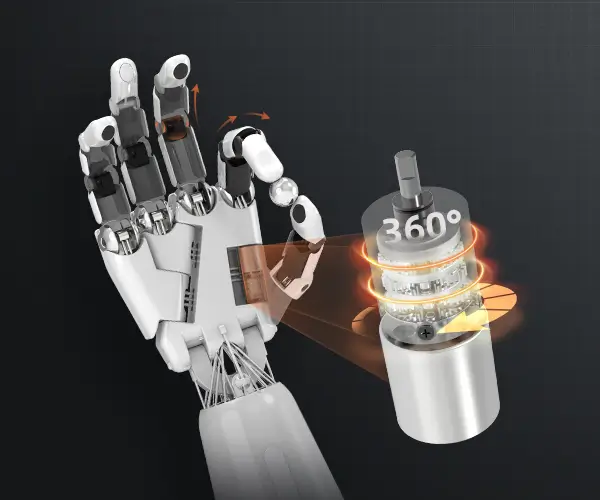If you're diving into the world of electronics, particularly with Arduino, you might have already encountered the power of servo motors. Whether you're building a robot, a mechanical arm, or any other automated project, controlling a servo motor can bring your creations to life. But how do you get started with an Arduino Nano? Let's break it down and make it simple.

Why Use an Arduino Nano for Servo Motors?
The Arduino Nano is a compact powerhouse for small projects. Its size makes it incredibly versatile and easy to incorporate into tight spaces. But don't let its small form fool you—this little board packs a punch. With a few simple connections, you can control a servo motor with precision. And the best part? It’s all done through straightforward programming.
Setting Up Your Servo Motor
First, let’s talk about the basics of connecting a servo motor to the Arduino Nano. The servo has three pins: power, ground, and control. You connect the power and ground to the 5V and GND pins on your Nano. The control wire (usually the yellow or white wire) goes to one of the PWM-capable pins, for example, pin D9. Once you've got that set up, it's time to get into the coding.
Writing the Code for Servo Control
Now, let's dive into the code. The Arduino IDE (the software used to write the program) makes this process a breeze. First, you’ll need to include the Servo library, which is built-in and does most of the heavy lifting for you.
Here's a simple example:
#include <Servo.h>
Servo myservo; // Create a servo object
int pos = 0; // Variable to store the servo position
void setup() {
myservo.attach(9); // Pin 9 is where we connected the control wire
}
void loop() {
for (pos = 0; pos <= 180; pos += 1) { // Sweep from 0 to 180 degrees
myservo.write(pos); // Move the servo to 'pos' position
delay(15); // Wait for the servo to reach the position
}
for (pos = 180; pos >= 0; pos -= 1) { // Sweep back from 180 to 0 degrees
myservo.write(pos); // Move the servo back to 'pos'
delay(15); // Wait for the servo to reach the position
}
}
This code is straightforward but effective. It sweeps the servo from 0 to 180 degrees and back, creating a simple back-and-forth movement. The delay(15) allows the servo time to adjust, preventing it from moving too quickly.
Troubleshooting Tips
If your servo isn't behaving the way you expect, there are a few things to check. Make sure your power supply is sufficient, as servos can draw more current than what the Arduino Nano can provide directly. If you notice the servo jittering or not moving correctly, consider adding an external power supply to the servo.
Another tip is to double-check your connections. The signal wire should be connected to one of the PWM pins on the Nano (like D9), and the power/ground should be stable. A loose connection can cause erratic behavior.
Taking It Further
Once you're comfortable with the basic servo control, there are countless ways to expand your project. You could control multiple servos at once, adjust their positions based on sensor input, or even create a more complex movement pattern using additional libraries.
The possibilities are endless. With a little creativity, your Arduino Nano and servo motors can open up a world of automation. Whether you’re building a simple project or something more complex, understanding how to control servos is an essential skill in the world of electronics.
In the end, it's all about starting simple, experimenting, and refining your design. Arduino makes it easy to get into the world of automation, and once you get the hang of it, you’ll find yourself creating even more sophisticated setups in no time.
Kpower has delivered professional drive system solutions to over 500 enterprise clients globally with products covering various fields such as Smart Home Systems, Automatic Electronics, Robotics, Precision Agriculture, Drones, and Industrial Automation.




































